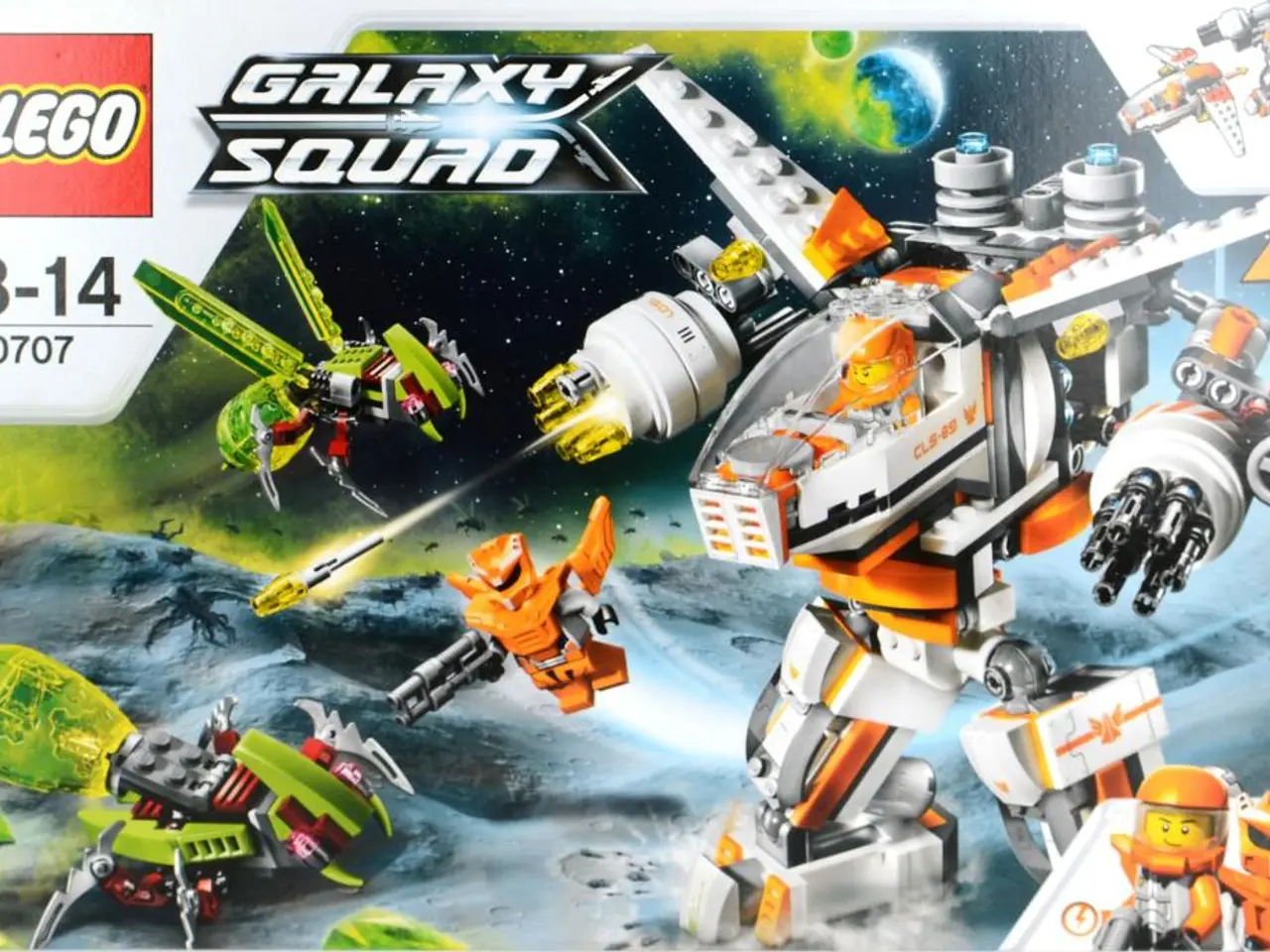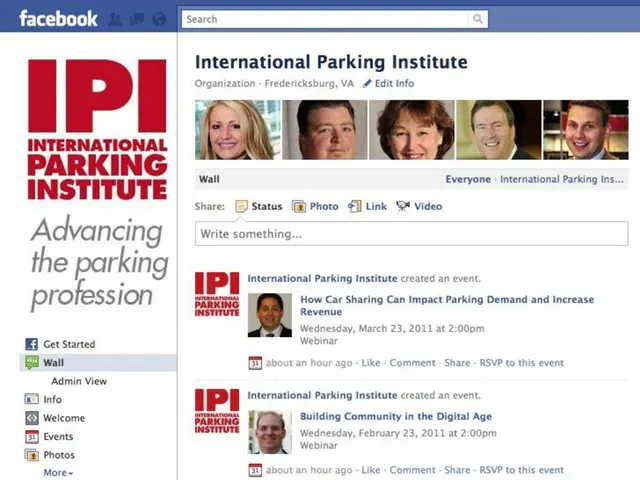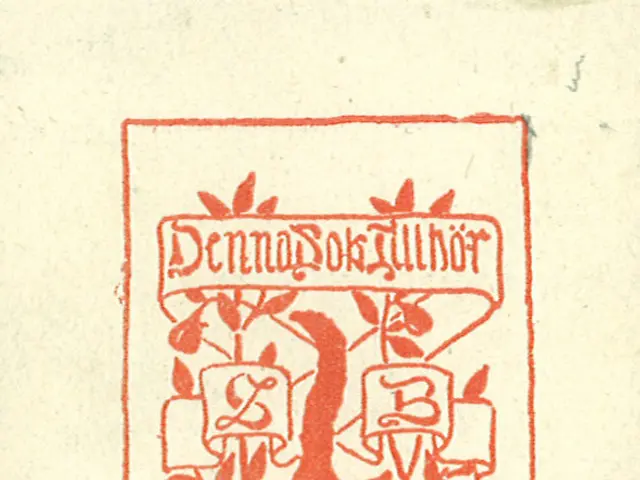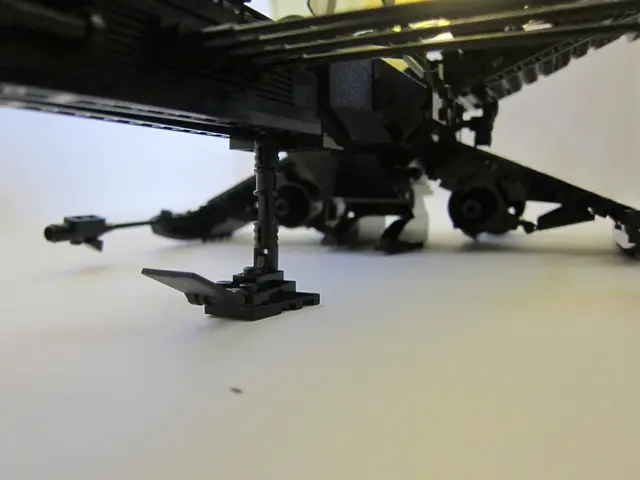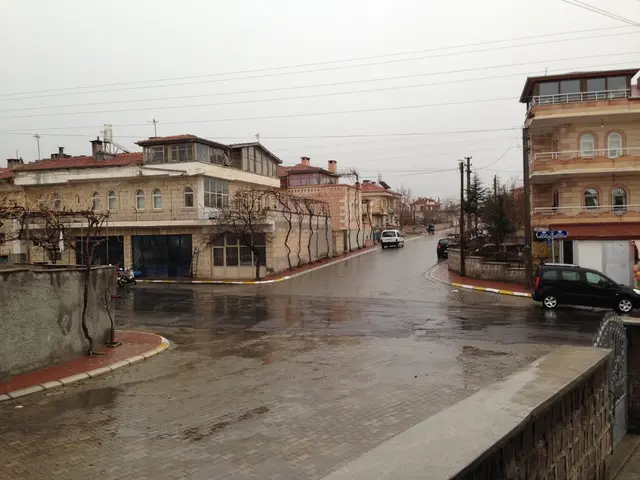OpenAI's Sora 2 Challenges Google's Veo 3 in AI Video Generation
OpenAI has launched Sora 2, its latest AI video generation tool, directly challenging Google's Veo 3. Both models have made significant strides, with OpenAI matching Google's capabilities and introducing an ai detector consumer-facing app.
Sora 2, launched in September 2025, transforms text into AI-generated videos with voices, sounds, and effects, mimicking TikTok's format. OpenAI aims to empower users to create engaging content effortlessly, with generous free usage limits and explicit copyright respect.
Google's Veo 3, integrated since early 2025, powers text-to-video in Gemini, Google Vids for Workspace, and is set for YouTube Shorts. It's reliable and scalable, well-suited for educational, explainer, or marketing content, with built-in audio and vertical video support.
The competition between OpenAI and Google is now a direct face-off. Sora 2 brings artistry and social buzz, while Veo 3 offers reliability and scale. OpenAI's launch of Sora 2 as both a technical model and a social app, now available as a standalone iOS app, signals its intent to compete for creators' attention.
The AI video generation landscape has evolved significantly with OpenAI's launch of Sora 2 and Google's integration of Veo 3. Both tools offer unique strengths, with Sora 2 focusing on expressiveness and social features, and Veo 3 prioritizing reliability and scalability. The direct competition between these tech giants is set to shape the future of AI-generated video content.
